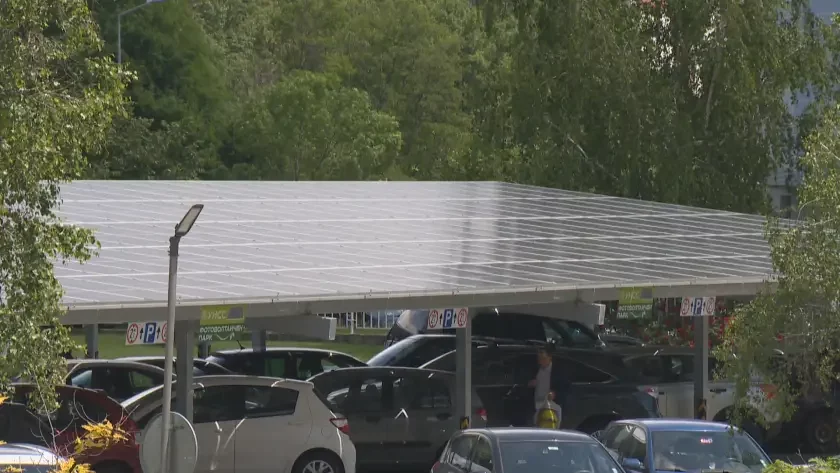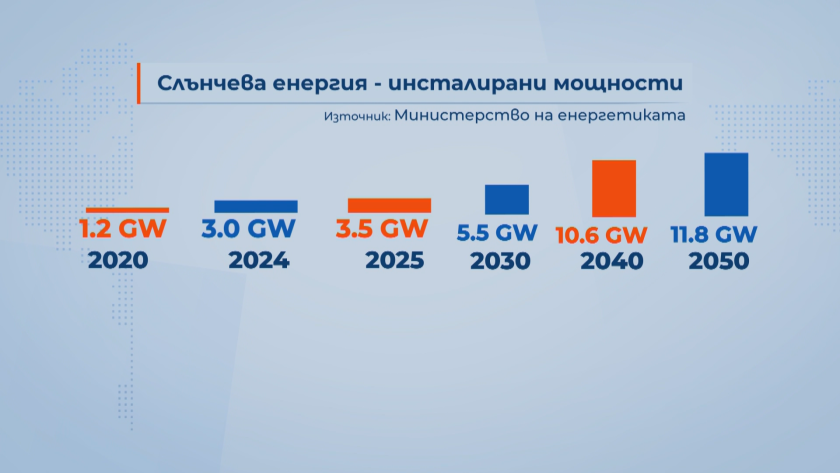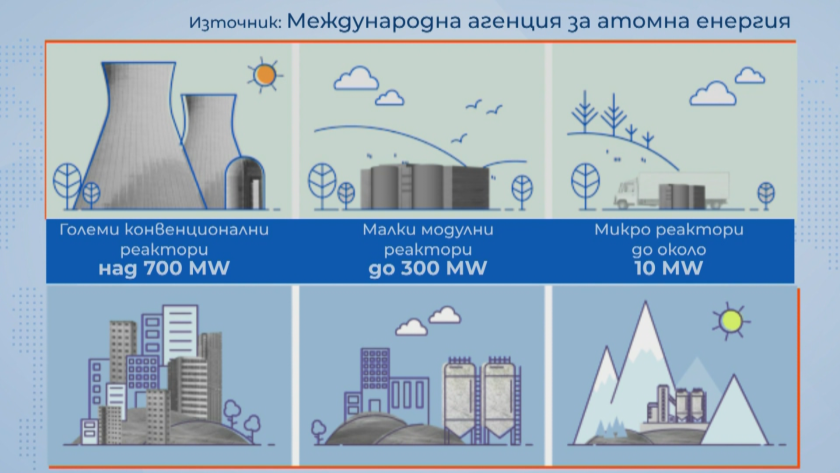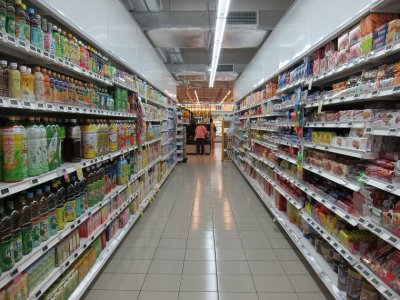Electricity from photovoltaics: Will the market become saturated?

The installed renewable energy capacity in the country is about 3 gigawatts, but plans are to triple it by the middle of the century.
A new European Union directive says new buildings must be zero-emission by the end of this decade. Will there be a glut of renewable energy plants and will there be imbalances in the energy system?

The forecast is for PV capacity to increase to 12 gigawatts in the next 25 years. Therefore, according to the experts, we cannot talk about a glut of renewables yet, but there is no shortage of challenges.
"The installed capacity is more than 14 thousand megawatt hours, of which 7,000 are renewables, of which more than 3,000 are photovoltaics. We have a 46% reduction in the use of electricity from thermal power plants overall, while in PV we have a 65% increase for 2023 compared to 2022. The problem with photovoltaics is their intermittency - the period in which they produce the energy," said Assoc. Borislav Arnaudov, Department of Transport and Energy Economics, UNWE.
The generated energy is available during the day when Bulgaria exports electricity. At night, however, imports are necessary because the balancing power plants, such as the ‘Chaira’ or ‘Belmeken’ plants, are not working.

"The ‘Chaira’ Pumped Storage Hydro Power Plant has not been operating for two years. ‘Belmeken’ is under rehabilitation and at the moment we don't have a big battery - that's the point of the storage system," said Assoc. Prof. Kiril Dzhustrov, Dean of the Faculty of Mining and Electromechanics, MSU.
The European Directive on the Energy Performance of Buildings envisages a climate-neutral building stock by 2050. Photovoltaic capacities for local energy consumption are suitable for this purpose, but not the transmission of the generated electricity.
"On the roof of an 8-storey block, if a photovoltaic plant is made, it would solve the problems, because locally there will be consumers who will use the electricity, but if we make one such PV plant in a village in a remote area, there will already be problems in transmission - there will be losses. The power lines themselves are not designed for indiscriminate increase of photovoltaic power plants," Dzhustrov added.
A possible solution for the power system lies in the construction of small modular reactors. These have a maximum capacity of 300 megawatts. For comparison, unit 5 of Kozloduy NPP is 1,000 megawatts.
"If we want to tackle the main challenges facing our energy system, namely decarbonisation, energy security and our non-dependence on other sources and imports of energy," said Assoc. Prof. Borislav Arnaudov, Department of Transport and Energy Economics, UNWE.
These reactors can be factory assembled and transported to the installation site. They are suitable for industry as well as for remote areas with limited capacity to the grid.

Get the latest news wherever you are!
Follow us on
Facebook
and
Instagram
Follow BNT’s YouTube channel
You can now also watch us on
TikTok
Find us on
Google News























